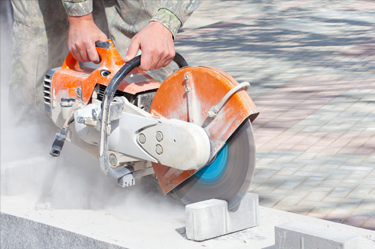There are many reasons why you may want to cut concrete with a saw.
This can range from cutting into a wall to install a door or a window right through to the removal of an old concrete slab.
However, one of the main reasons that saws are used to cut concrete is to actually prevent unwanted cracking.
By cutting into concrete with correctly spaced cuts, you can ensure that the concrete does not suffer from early-age decay or damage from cracking.
Cutting Relief Joints
Relief joints are used to prevent cracks from appearing in slabs after they are poured.
There is always the possibility that cracks will appear as materials shift and expand or contract with the changing of the seasons.
Relief cuts help to reduce the possibility of these cracks turning into bigger cracks.
Inevitably, cracks will still appear in concrete however, cutting the concrete ahead of time gives you some control of where the cracks appear so that they don’t weaken the concrete too much[1].
As a general rule, cuts should be spaced so they are 2-3 times the thickness of the slab in feet.
So, if a slab is 6″, then you would place the cuts 12′ to 18′ away from each other.
Deciding when to make the cut is important. If you cut too early, you could be doing more harm than good.
If you wait too long, the stresses of the environment could start to take their toll.
Usually, you would make relief cuts a few hours after the pour with an early entry saw, or 12 hours later if you are using a wet saw.
This varies depending on the size of the slab, the mix you used, and the weather.
Timing the Cut
If you cut too soon and you notice that the edges of the saw ravel, leaving dislodged aggregate, then this means that you are cutting too early.
If this is the case you should stop, wait half an hour, and try again[2].
You should also use a lightweight saw so that you can cut promptly and minimise that damage caused to the concrete.
Remember to cut joins before the shrinkage stress starts to exceed the strength of the concrete.
You can increase the window of time you have for cutting by trying to keep the temperature of the concrete steady, and by trying to prevent moisture loss.
There are several things that can adversely affect the cutting window[3]:
– The type of mix (a concrete mix that needs a lot of water is more likely to crack)
– High winds and low humidity
– Sudden changes in temperature in either direction
– Friction between the subbase and slab
– Dry or porous subbases
If any of these scenarios occur, then it is important that the builder works to mitigate the issue and keep the rate of cooling or drying steadily.
In warm weather, it is usually possible to make cuts within an hour with an early-entry saw. In cold weather, the wait may be up to four hours.
In both cases, however, it should be possible to pour concrete in the morning and then make the cuts the same working day.
The depth of the cut should be considered carefully. Where wet-cut saws are used, the cut should be a minimum of one inch (or a total of one-quarter of the slab thickness).
For a dry-cut saw, the cut should be one inch if the slab is up to nine inches thick.
As with any type of concrete sawing, it is important that the workers wear appropriate safety equipment when performing these cuts.
Even wet cut saws will kick up some dust, so the use of an appropriate mask or respirator and eye protection[4] is a must.
If you are looking for a specialist concrete cutting company who uses only the best practices to get the job done right, then please call us at Megasaw on 1300 920 419 or contact us through our website www.megasaw.com.au/contact-us/

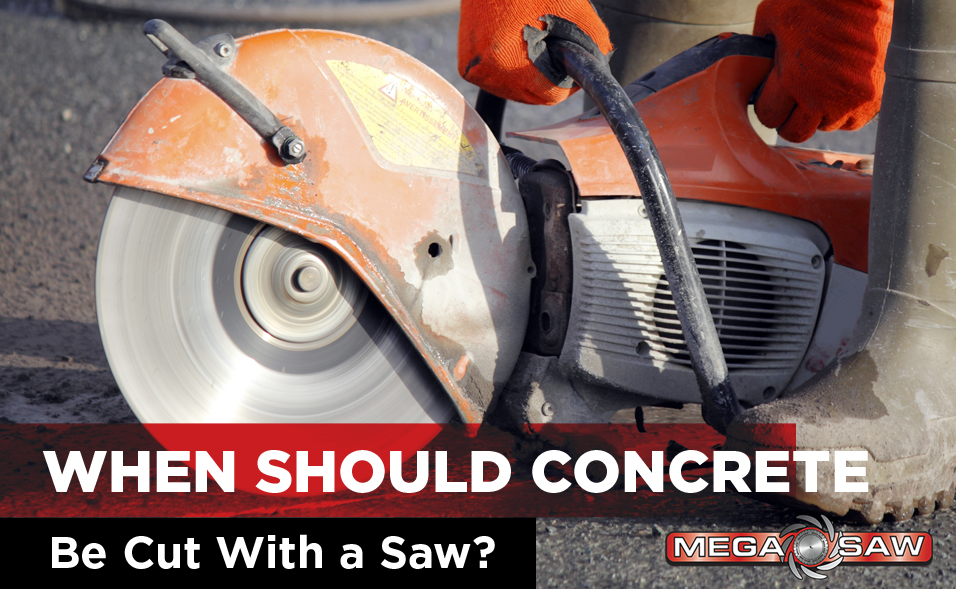
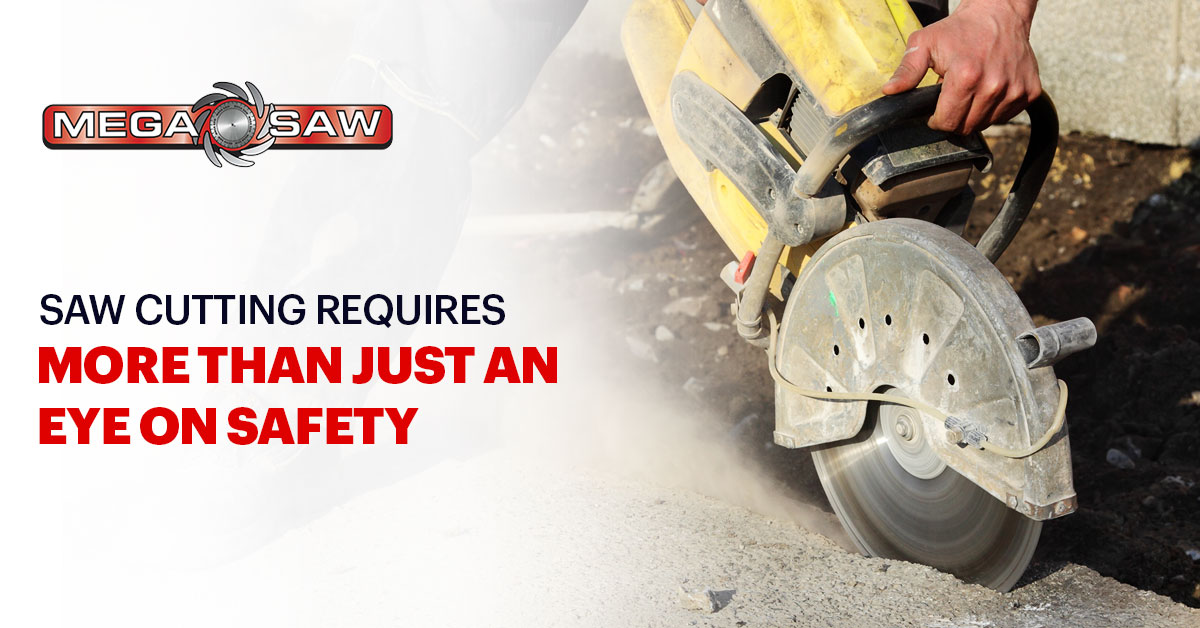

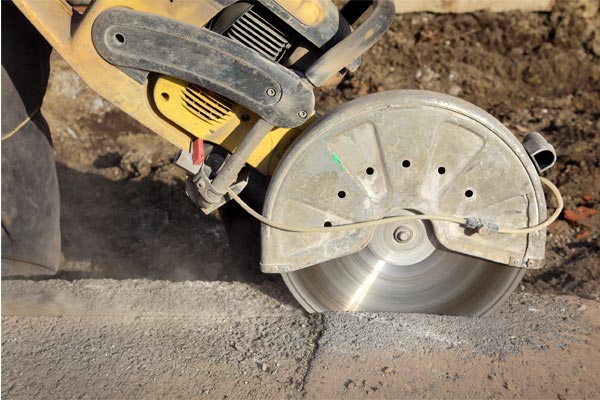
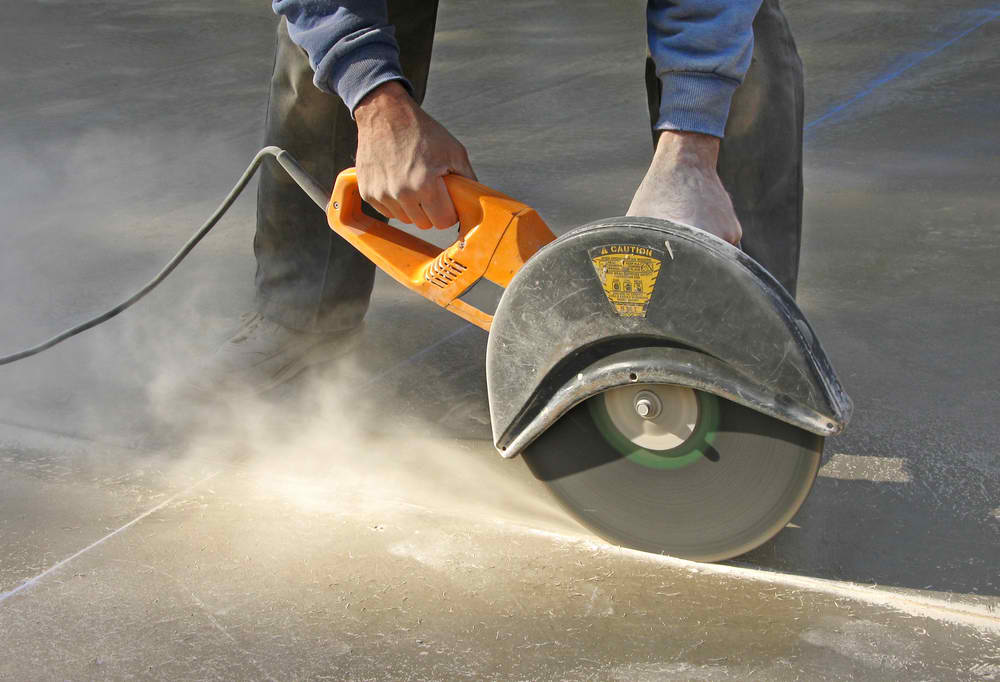
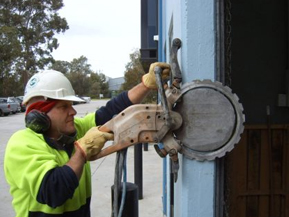 This type of concrete sawing system
This type of concrete sawing system 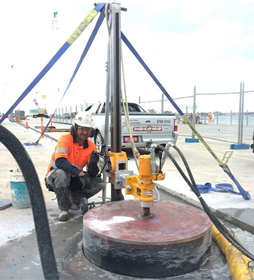 The need for
The need for 